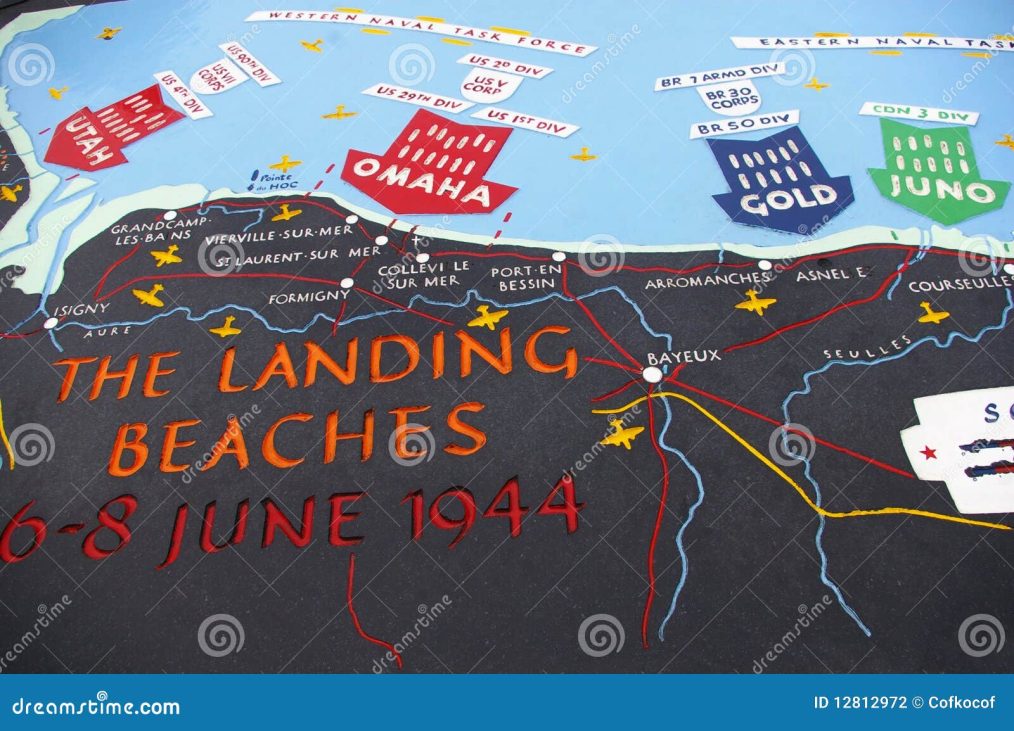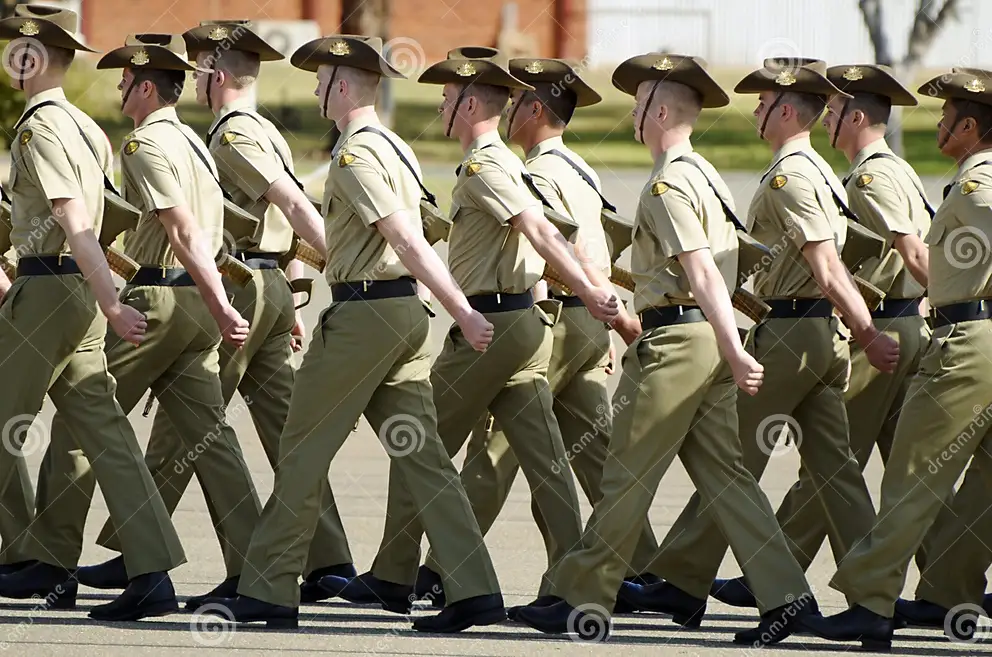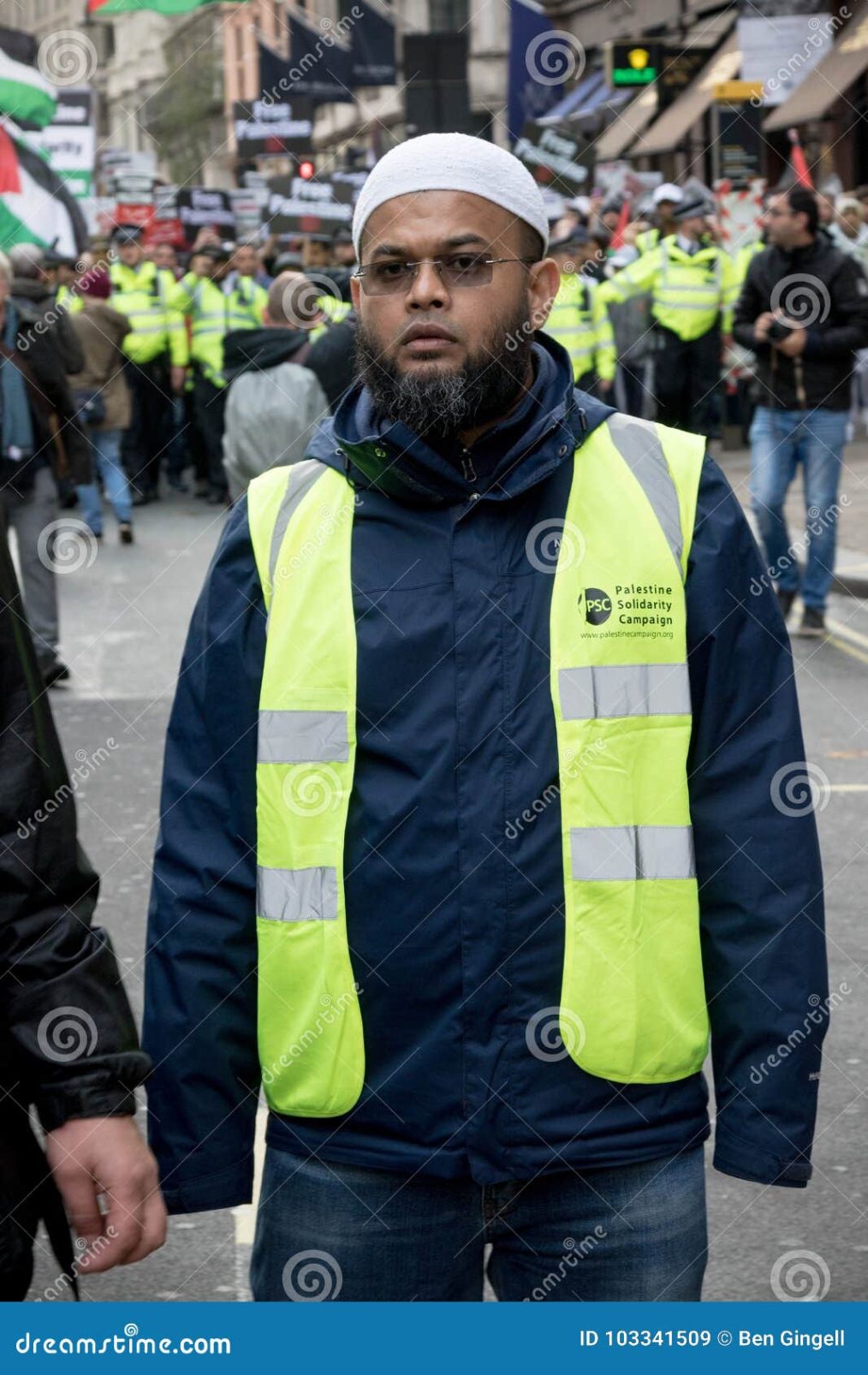As the world navigates an increasingly complex geopolitical landscape, nations continually assess their strategies to ensure security, unity, and resilience. Among the various options, implementing national military service for all 18-year-old Australians stands out as a proposal with significant benefits. This policy could not only bolster national security but also foster a sense of unity, discipline, and civic responsibility among the youth.
Here, I explore what I believe are the compelling reasons for introducing mandatory military service in Australia.
In an era marked by unpredictable global threats, having a well-prepared and versatile military is crucial. National military service ensures a steady influx of trained personnel, ready to respond to various security challenges. By equipping young Australians with essential skills in defence and emergency response, the nation enhances its preparedness for any contingencies, from natural disasters to external threats.
A robust reserve force, composed of trained and disciplined individuals, provides a strategic advantage. Countries like Israel and South Korea have demonstrated the efficacy of such systems, where mandatory service has contributed to strong, adaptable, and highly skilled military forces capable of responding to multifaceted threats.
National military service offers a unique opportunity to bridge societal divides. In a multicultural and diverse society like Australia, mandatory service brings together individuals from various backgrounds, fostering mutual understanding and cooperation. The shared experience of serving the nation cultivates a collective identity and reinforces the values of teamwork, respect, and patriotism.
Through this integration, young Australians gain exposure to different cultures and perspectives, promoting social harmony and reducing prejudices. The bonds formed during military service can extend beyond the tenure, contributing to a more cohesive and united society.
Military service is synonymous with discipline and responsibility—qualities that are invaluable in personal and professional life. The rigorous training and structured environment instills a sense of accountability, time management, and resilience among young recruits. These attributes not only enhance individual character but also prepare them for future challenges, whether in higher education, careers, or civic duties.
The structured regimen of military service encourages healthy lifestyles and physical fitness, addressing concerns related to youth health and wellbeing. Moreover, the emphasis on mental toughness and emotional resilience equips young Australians with coping mechanisms to navigate the stresses of modern life.
National military service serves as a foundation for skills development, offering training in various fields such as technology, engineering, logistics, and leadership. These skills are highly transferable and valuable in the civilian job market. Veterans often find that their military experience gives them a competitive edge in pursuing careers, further education, or entrepreneurial ventures.
The Australian Defence Force (ADF) provides comprehensive training programs that can lead to certifications and qualifications recognized across industries. This creates a pathway for young Australians to develop professionally while serving their country, ultimately contributing to a skilled and versatile workforce.
Engaging in national service fosters a deeper appreciation for civic duties and responsibilities. Young Australians who serve are more likely to participate in community activities, volunteerism, and democratic processes. This heightened sense of civic engagement enhances the overall democratic fabric of the nation.
Moreover, the pride and honour associated with serving one’s country cultivate a strong sense of national pride. This pride is not only a personal sentiment but a collective one, reinforcing national identity and solidarity. Celebrating the contributions of these young individuals can inspire future generations to value and uphold the principles of service and duty.
Implementing national military service for all 18-year-old Australians presents a multitude of benefits that extend beyond the realm of national security. It strengthens social cohesion, instills vital life skills, enhances career prospects, and promotes civic engagement. By investing in the youth through this policy, Australia can build a more resilient, united, and dynamic society capable of facing the challenges of the future with confidence and solidarity.
Ray Payne OAM – 5/6/2024











